Browse "Nature & Geography"
-
Article
Ice-Worm
Ice-Worm is a common name for Mesenchytraeus solifugus, a dark-pigmented oligochaete worm (see Annelida) up to 4 cm long, found in tangled masses in the melting ice of glaciers in the Pacific Northwest.
"https://d2ttikhf7xbzbs.cloudfront.net/media/media/25bbe783-e94c-4888-aa84-74bdb154a390.jpg" // resources/views/front/categories/view.blade.php
https://d2ttikhf7xbzbs.cloudfront.net/media/media/25bbe783-e94c-4888-aa84-74bdb154a390.jpg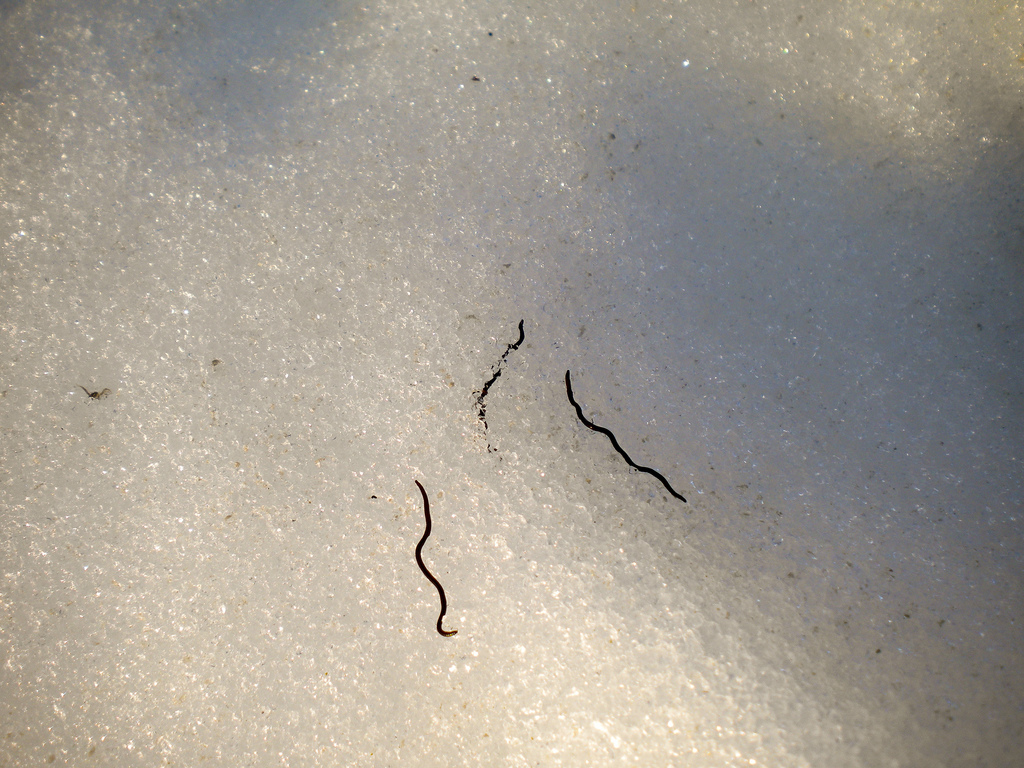
-
Article
Iceberg
An iceberg is a piece of ice that has become detached from its parent glacier by a process known as calving.
"https://d2ttikhf7xbzbs.cloudfront.net/media/media/0b282b25-029b-4fa5-85e1-aef4b1039571.jpg" // resources/views/front/categories/view.blade.php
https://d2ttikhf7xbzbs.cloudfront.net/media/media/0b282b25-029b-4fa5-85e1-aef4b1039571.jpg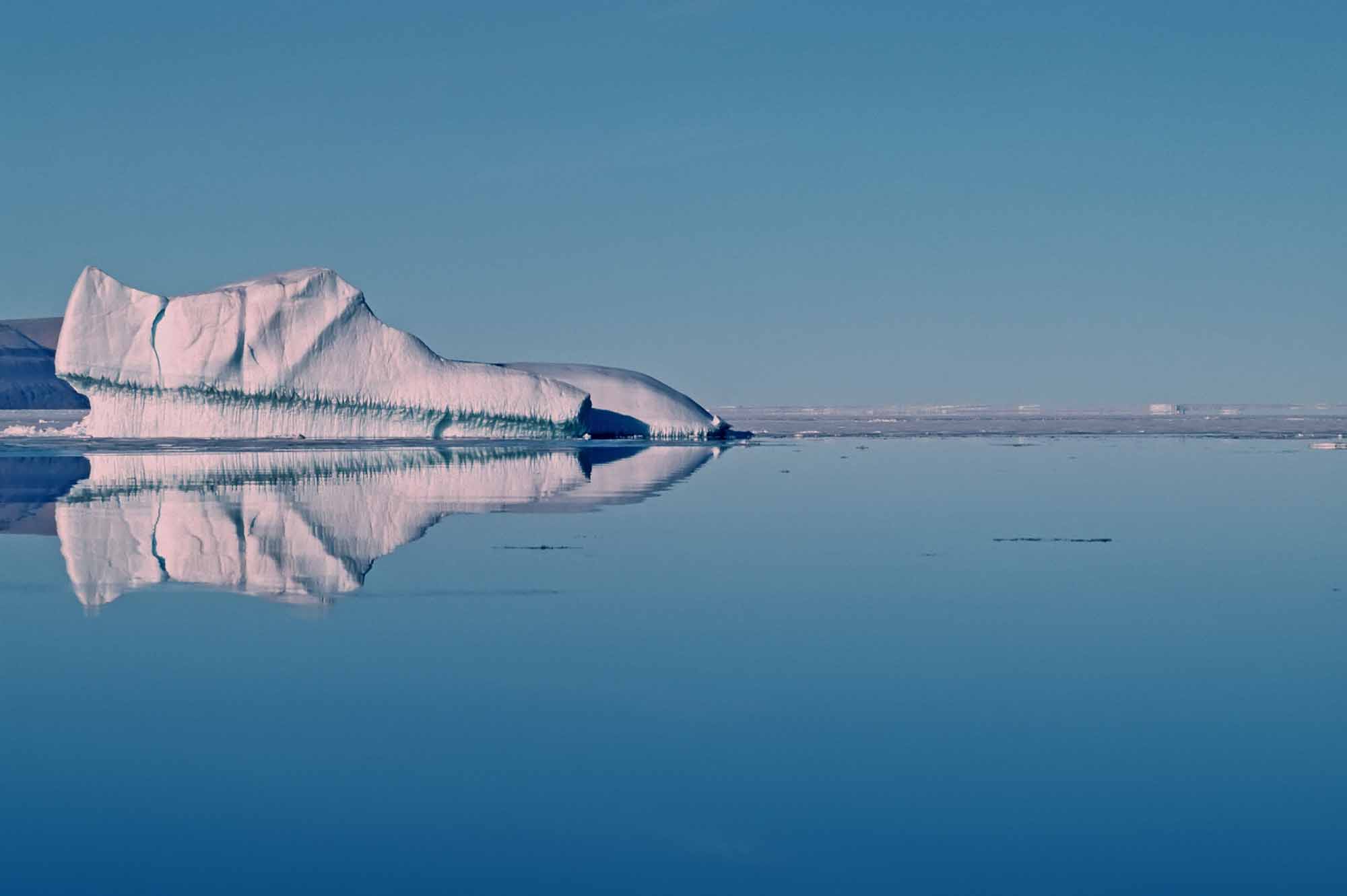
-
Article
Igneous Rock
Early formed, dense crystals may separate from the magma, causing a change in the composition of the residual melt.
"https://development.thecanadianencyclopedia.ca/images/tce_placeholder.jpg?v=e9dca980c9bdb3aa11e832e7ea94f5d9" // resources/views/front/categories/view.blade.php
https://development.thecanadianencyclopedia.ca/images/tce_placeholder.jpg?v=e9dca980c9bdb3aa11e832e7ea94f5d9
-
Article
Meteors, Meteorites and Impact Craters
The solar system contains many objects smaller than the planets (or their satellites) travelling in individual orbits about the SUN; space between the planets also contains myriad dust grains in the micron size range. Near Earth, dust concentrations are only a few hundred particles per cubic kilometre, but 35 000 to 100 000 t of extraterrestrial material enters the atmosphere annually, swept up by our planet from debris that is in its path or crosses its path.
"https://d2ttikhf7xbzbs.cloudfront.net/media/media/66e2415e-3179-44e5-a06b-e73edf3aa050.jpg" // resources/views/front/categories/view.blade.php
https://d2ttikhf7xbzbs.cloudfront.net/media/media/66e2415e-3179-44e5-a06b-e73edf3aa050.jpg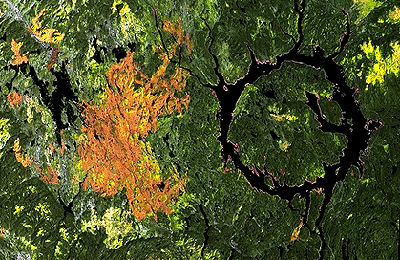
-
Article
Ghost Pipe
Ghost Pipe (Monotropa uniflora), a perennial plant, is the only native species of genus Monotropa found in Canada.
"https://d2ttikhf7xbzbs.cloudfront.net/media/media/1c668a5b-8e14-48a5-b3f8-97d3ba77fa95.jpg" // resources/views/front/categories/view.blade.php
https://d2ttikhf7xbzbs.cloudfront.net/media/media/1c668a5b-8e14-48a5-b3f8-97d3ba77fa95.jpg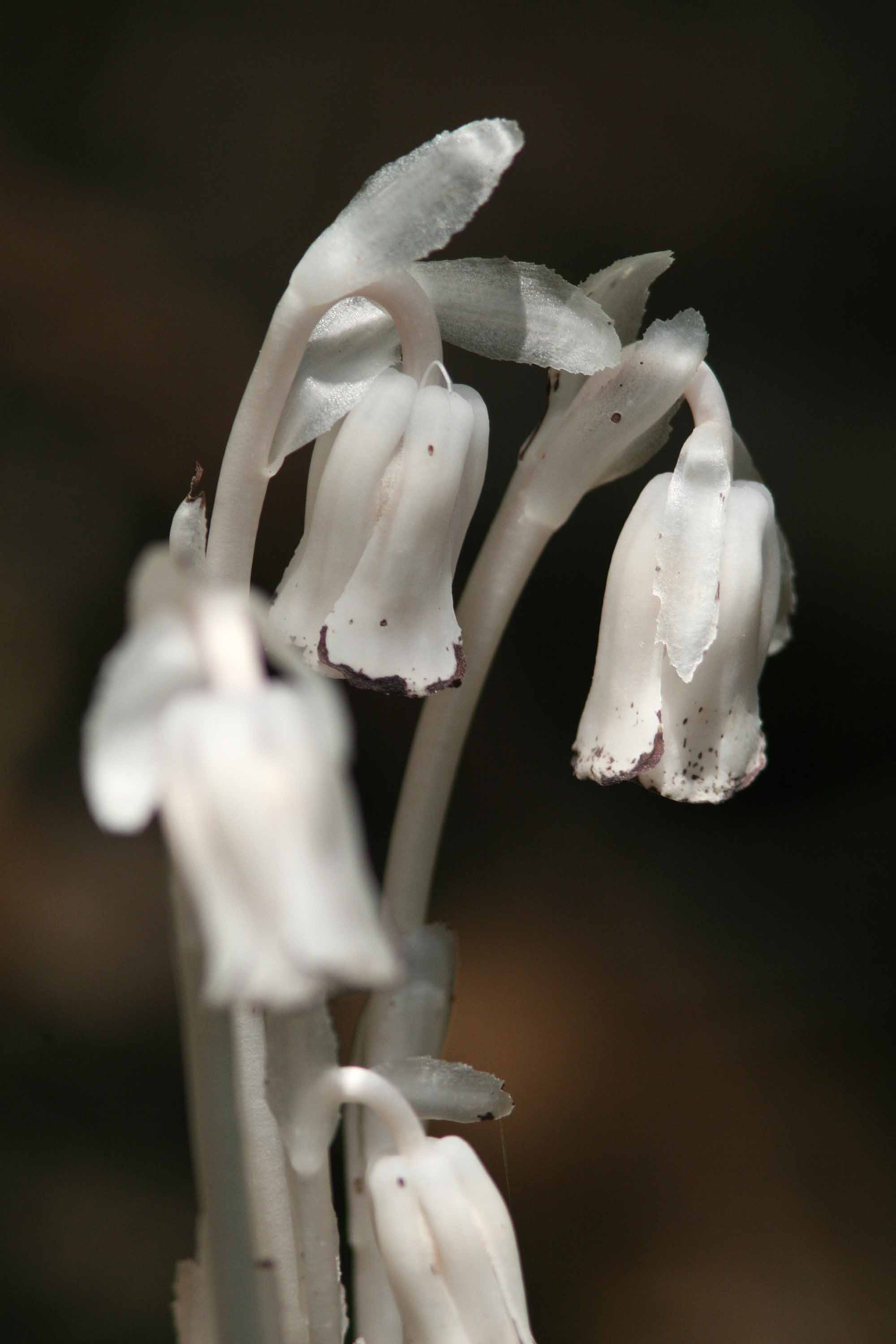
-
Article
Indian Summer
Indian Summer, popular expression for a period of mild, summerlike weather which occurs in the autumn, usually after the first frost. The origins of the name are obscure, but it was in use early in the 19th century in Canada and even earlier in the US.
"https://development.thecanadianencyclopedia.ca/images/tce_placeholder.jpg?v=e9dca980c9bdb3aa11e832e7ea94f5d9" // resources/views/front/categories/view.blade.php
https://development.thecanadianencyclopedia.ca/images/tce_placeholder.jpg?v=e9dca980c9bdb3aa11e832e7ea94f5d9
-
Article
Insect
Insects are small invertebrates (more than 75% of known species are less than 6 mm long) with 3 pairs of legs, 1 or 2 pairs of wings (or lacking wings) and a segmented body.
"https://d2ttikhf7xbzbs.cloudfront.net/media/media/fc8d88c3-70d2-4a42-a06b-0c0e46e211ed.jpg" // resources/views/front/categories/view.blade.php
https://d2ttikhf7xbzbs.cloudfront.net/media/media/fc8d88c3-70d2-4a42-a06b-0c0e46e211ed.jpg
-
Article
Insect Classification
A classification system acts as an efficient storage mechanism for information about each taxon or group.
"https://d2ttikhf7xbzbs.cloudfront.net/media/media/62afc23f-dc49-4bc6-b03e-a1421aa6133e.jpg" // resources/views/front/categories/view.blade.php
https://d2ttikhf7xbzbs.cloudfront.net/media/media/62afc23f-dc49-4bc6-b03e-a1421aa6133e.jpg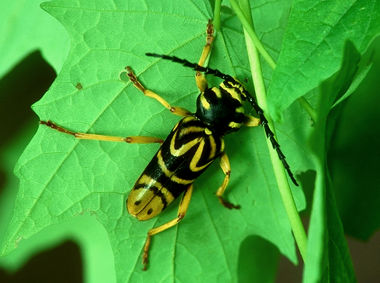
-
Article
Insectivora
Insectivora, order of mammals containing 7 living families: shrews, moles, hedgehogs, tenrecs, otter shrews, golden moles and solenodons.
"https://d2ttikhf7xbzbs.cloudfront.net/media/media/94b8c5dd-cf24-4982-b736-eabc3918b17a.jpg" // resources/views/front/categories/view.blade.php
https://d2ttikhf7xbzbs.cloudfront.net/media/media/94b8c5dd-cf24-4982-b736-eabc3918b17a.jpg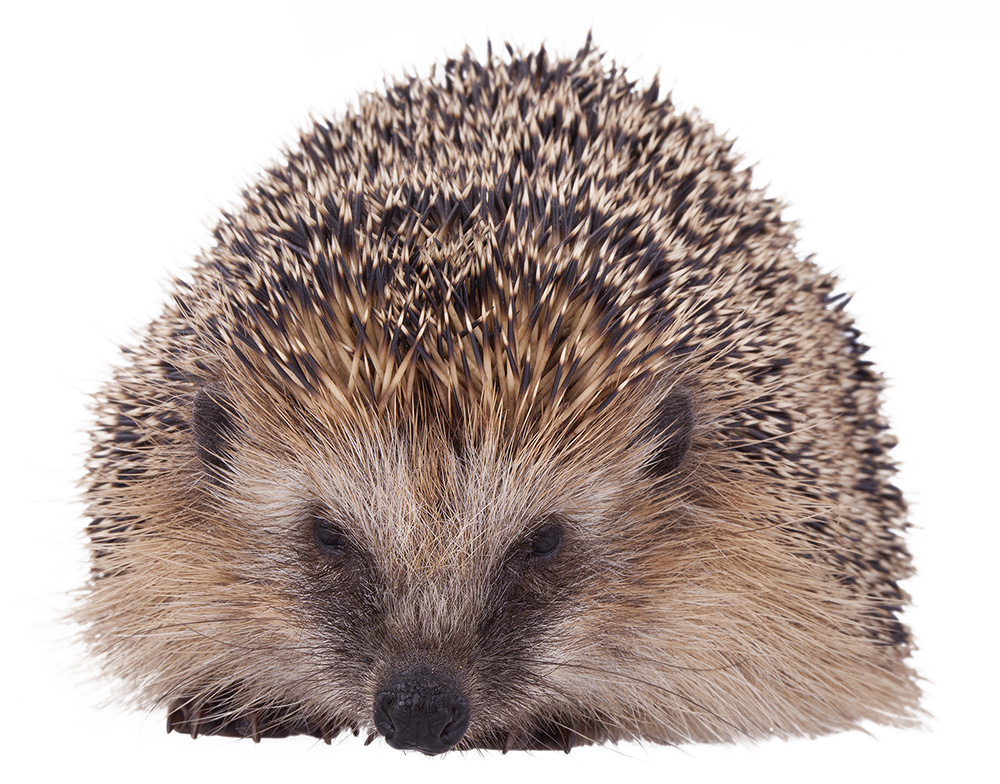
-
Macleans
Inside the Kyoto Deal
Albertas energy minister, Steve West, spent much of last week wearing a tight smile, his clenched jaw and square shoulders set as firmly as his conviction that people who blame the oilpatch for the next centurys foul weather have lost their heads.This article was originally published in Maclean's Magazine on December 22, 1997
"https://development.thecanadianencyclopedia.ca/images/tce_placeholder.jpg?v=e9dca980c9bdb3aa11e832e7ea94f5d9" // resources/views/front/categories/view.blade.php
https://development.thecanadianencyclopedia.ca/images/tce_placeholder.jpg?v=e9dca980c9bdb3aa11e832e7ea94f5d9
-
Article
Invertebrate
Invertebrates are animals without a vertebral column (backbone). As a group, invertebrates are extremely diverse.
"https://d2ttikhf7xbzbs.cloudfront.net/media/media/4815042e-4596-4981-bf6f-7f7c000bdc53.jpg" // resources/views/front/categories/view.blade.php
https://d2ttikhf7xbzbs.cloudfront.net/media/media/4815042e-4596-4981-bf6f-7f7c000bdc53.jpg
-
Article
Invertebrates: Table
Invertebrates Phylum Species Habitat Examples Cnidaria 9000 mainly marine sea anemone, hydra, coral, jellyfish Ctenophora 50 marine plankton comb jelly, sea gooseberry Platyhelinthes 12 700 mainly parasitic flatworm, fluke, tapeworm Nemertea 600 mainly marine ribbon worm Acanthocephala 500 parasitic spiny-headed worm Rotifera 1800 marine and fresh water wheel animal Nematoda 10 000 all, many parasitic round worm Brachiopoda 280 marine, benthos & intertidal lampshell Bryozoa 4000 aquatic moss animal Pogonophora 80 deep-sea benthos beard worm...
"https://development.thecanadianencyclopedia.ca/images/tce_placeholder.jpg?v=e9dca980c9bdb3aa11e832e7ea94f5d9" // resources/views/front/categories/view.blade.php
https://development.thecanadianencyclopedia.ca/images/tce_placeholder.jpg?v=e9dca980c9bdb3aa11e832e7ea94f5d9
-
Article
Irish Moss
Irish moss is a type of seaweed that is commercially harvested in Canada’s Maritime provinces. It is mainly composed of carrageenan, a gelatinous substance. Carrageenan extracted from Irish moss is used as a thickening and gelling agent in foods and other products. It is also used to clarify beverages such as beer.
"https://d2ttikhf7xbzbs.cloudfront.net/media/new_article_images/IrishMoss/Irish_moss.jpg" // resources/views/front/categories/view.blade.php
https://d2ttikhf7xbzbs.cloudfront.net/media/new_article_images/IrishMoss/Irish_moss.jpg
-
Article
Iron Ore
Its most important mineral forms are magnetite (Fe3O4, 72.4% Fe), hematite (Fe2O3, 69.9% Fe) and siderite (FeCO3, 48.29% Fe). In Brazil, some ore that contains practically no other minerals can grade as high as 68% Fe, but the crude ore mined in Canada grades between 30 and 44% Fe.
"https://d2ttikhf7xbzbs.cloudfront.net/media/media/0fa44cb9-3338-463a-ad5c-498dbf2d0950.jpg" // resources/views/front/categories/view.blade.php
https://d2ttikhf7xbzbs.cloudfront.net/media/media/0fa44cb9-3338-463a-ad5c-498dbf2d0950.jpg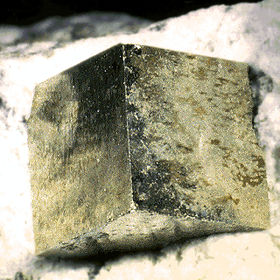
-
Article
Jaeger
The Jaeger is any of 3 species of rapacious, gull-like seabirds of genus Stercorarius.
"https://d2ttikhf7xbzbs.cloudfront.net/media/media/73d9fe46-92e3-4d9f-878b-578201e0447d.jpg" // resources/views/front/categories/view.blade.php
https://d2ttikhf7xbzbs.cloudfront.net/media/media/73d9fe46-92e3-4d9f-878b-578201e0447d.jpg
